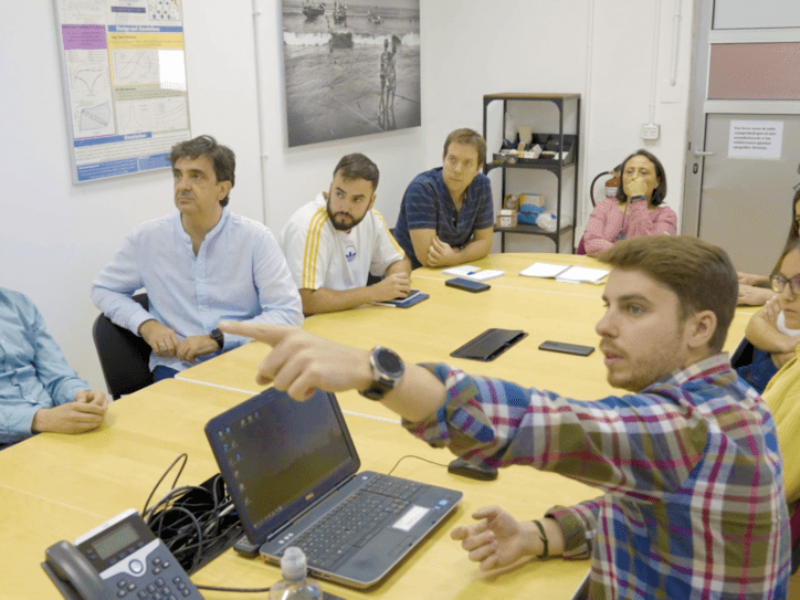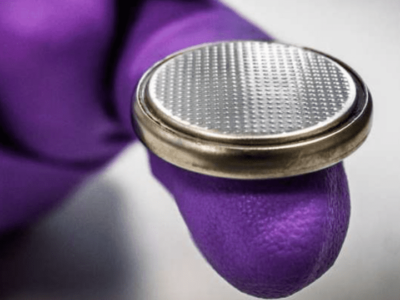
Keysight and the University of Malaga (UMA) are working to combine artificial intelligence (AI) and machine learning (ML) in 6G wireless communications systems.
The Keysight partnership has developed a method to import these algorithms into design and measurement tools to validate their performance and accelerate industry adoption via the 3GPP release 18 specification.
One of the major ways to optimise wireless performance is by providing and using accurate channel state information (CSI) – or the known channel properties and conditions of the communications link.
CSI is used in real-time throughout a wireless system to adapt transmissions as best as possible to current channel conditions with the goal of maintaining the best performance. This is a crucial component to achieving reliable communications with high data rates and multi-antenna systems. Traditionally, calculating and reporting accurate CSI is computationally and resource intensive making it a good candidate to begin integrating AI and ML into the network.
“Many network operators and vendors are already using AI and machine learning in their networks. But, so far, there has been no support from wireless standards on how AI and machine learning should be deployed,” said Javier Campos, R&D Engineer at Keysight.
“This creates a lot of interoperability problems among equipment vendors and having a standard that isn’t optimised for AI / ML technology – this is the challenge we have been working with the university to solve.”
“While AI has been around for quite a long time, the industry has now been able to identify concrete use cases, like optimising CSI feedback, where AI can deliver huge gains in performance, resource utilisation, and energy efficiency,” he said.
Identifying CSI as a use case that would benefit from AI and ML, wireless researchers at UMA developed an AI / ML model for CSI feedback enhancement.
- Metaverse will drive 6G tech says Keysight
- Automated, AI-driven test tools optimize experiences on 5G
“What we are doing is reducing the information you have to send over the air to provide accurate CSI from the user equipment to the base station,” said Mari Carmen Aguayo, Professor, Universidad de Málaga and Head of the Institute of Telecommunication Research (TELMA). “We are doing this by using AI algorithms that can squeeze the information into very small quantities, sending the minimum information required to maintain the best performance.”
Keysight developed a digital twin platform to emulate the performance of ML models in real world conditions. Building an interface layer that connected to Keysight’s PathWave System Design (SystemVue) modeling tool, UMA researchers were able to evaluate the model under a wide array of fading profiles and other test conditions to prove this method outperforms traditional approaches.
The interface allows any AI / ML algorithm that adheres to the most common AI / ML APIs and frameworks can now be imported into Keysight’s SystemVue and used by the entire industry. To assist in this process, Keysight and UMA are working together to bring this to the 3GPP RAN-1 standards body for Release 18.
“Together we are looking forward to progressing in the different areas that 3GPP are studying,” said Campos. “We are working to have better usability and better measurements, so we can get the insights needed to bring this new technology to the industry.”
“What makes this collaboration special is that we were able to connect our researchers with measurement experts in the industry,” said Aguayo. “This kind of intersection yields exciting innovation for wireless communications.”
 If you enjoyed this article, you will like the following ones: don't miss them by subscribing to :
eeNews on Google News
If you enjoyed this article, you will like the following ones: don't miss them by subscribing to :
eeNews on Google News




